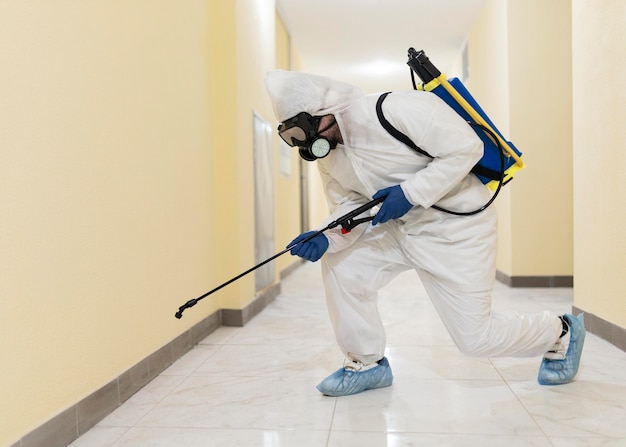
Expert Tips for Effective Termite Monitoring System Installation
Termites are a silent threat that can cause significant damage to structures if not managed effectively. An efficient termite monitoring system is crucial in detecting and preventing infestations before they escalate. By understanding the installation process and employing expert strategies, property owners and managers can safeguard their investments from these destructive pests. This article provides valuable tips for the effective installation of a termite monitoring system, ensuring long-term protection and peace of mind.
Understanding Termite Behavior
Before delving into the specifics of installation, it is vital to understand termite behavior. Termites thrive in moist environments and are attracted to wood and other cellulose materials. Recognizing their habits and preferences can guide the strategic placement of monitoring systems.
Key Behavior Insights:
- Termites often build underground tunnels, making them difficult to detect without proper monitoring systems.
- They are more active in warm, humid climates, which can influence the frequency and intensity of inspections.
- Wooden structures and damp areas are primary targets for termite infestations.
Learn more in this detailed guide on termite behavior and its implications on monitoring system installation: Read more about this topic.
Choosing the Right Monitoring System
There are various types of termite monitoring systems available, each with its unique benefits. Selecting the appropriate system for your property depends on several factors including the level of infestation risk and the type of structure.
Common Types of Monitoring Systems:
- Bait Stations: These are placed around the perimeter of a property to attract and eliminate termites.
- Soil Treatment Systems: These involve treating the soil with chemicals to create a barrier against termites.
- Physical Barriers: These systems use materials like metal or sand to block termite access to structures.
Explore further insights here to choose the best monitoring system for your needs: Explore further insights here.
Installation Tips for Effective Monitoring
Proper Placement and Spacing
The effectiveness of a termite monitoring system greatly depends on its placement and spacing. Here are some tips for optimal installation:
- Install monitoring stations around the entire perimeter of the structure at consistent intervals, typically every 10 to 20 feet.
- Place stations near potential termite entry points such as wooden structures, foundation cracks, and areas with high moisture content.
- Ensure that stations are placed in contact with the soil to facilitate termite interception.
Find additional information here on the strategic placement of monitoring systems: Find additional information here.
Regular Monitoring and Maintenance
Installing a termite monitoring system is only the first step; regular monitoring and maintenance are crucial to ensuring its effectiveness.
- Schedule routine inspections to check for signs of termite activity and bait consumption.
- Replace bait as necessary and ensure that soil treatment barriers remain intact.
- Keep records of all inspections and maintenance activities to track the system's performance over time.
Learn more about maintaining an effective termite monitoring system: Learn more in this detailed guide.
Conclusion
Effectively installing a termite monitoring system involves understanding termite behavior, selecting the right system, and ensuring proper placement and maintenance. By following these expert tips, property owners can protect their investments from the costly damages caused by termite infestations. For more comprehensive information on termite control techniques and services, read more about this topic and explore various guides to enhance your termite management strategies.